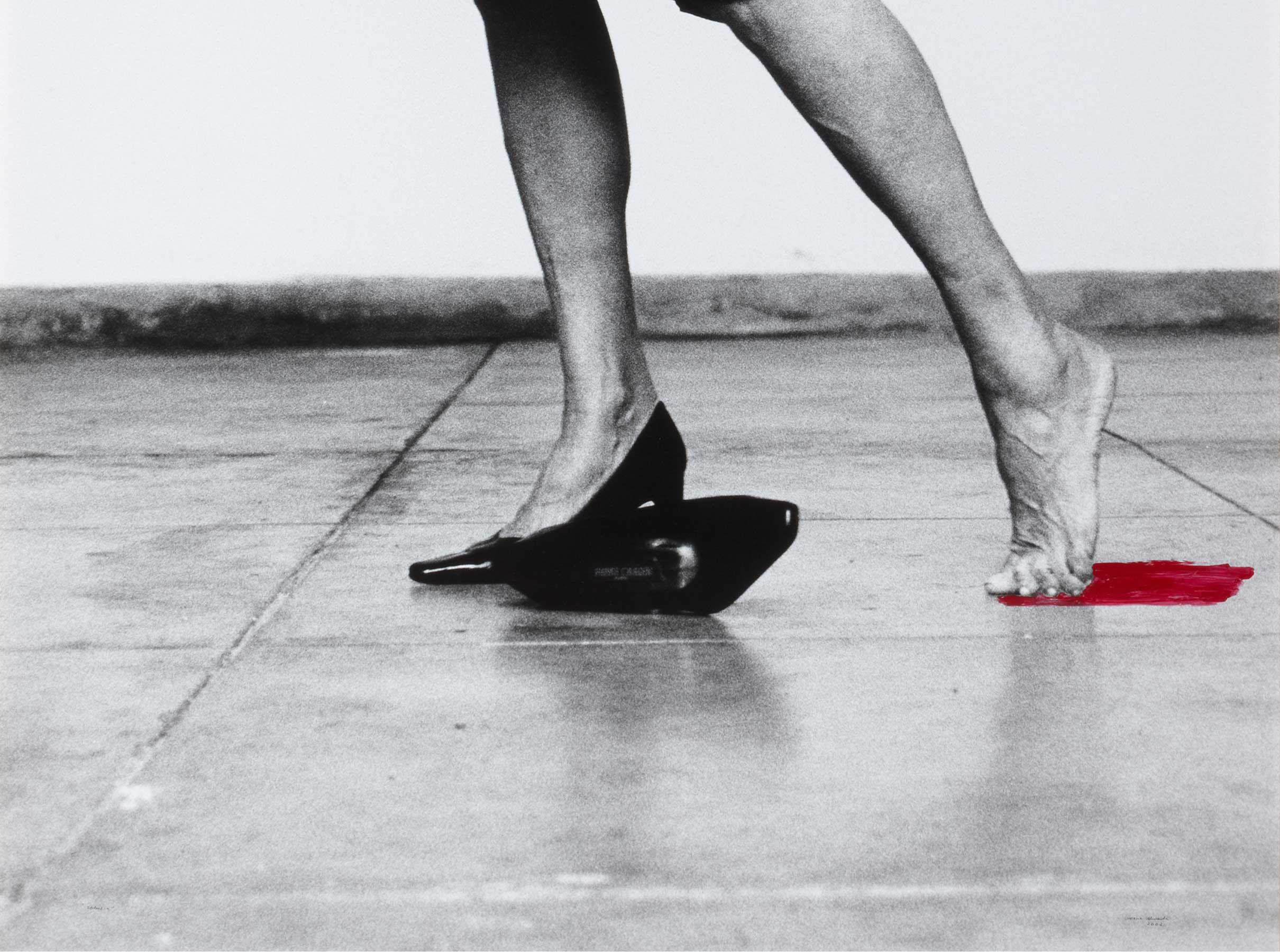Antigua puerta de la catedral de Sevilla [Old Door of Seville Cathedral]
- 1910
- Oil on canvas
- 105,4 x 82 cm
- Cat. P_61
- Acquired in 1971
This painting was originally catalogued as Door of Burgos Cathedral, but can now be correctly identified as Old Door of Seville Cathedral, dating from 1910.
Several pieces of evidence confirm the identity of the painting, which was recorded wrongly in the inventories of the painter’s work on his death. It was inherited by his younger daughter, Elena, and was entered in the 1929 estate inventory as Old Door of the Cloisters of Burgos Cathedral. Bernardino de Pantorba, the first author to prepare a catalogue of Sorolla’s work, recorded it under the same name. However, further work on appraising the catalogue raisonné of Joaquín Sorolla’s work has been done since then, mainly by Blanca Pons-Sorolla and the Sorolla Museum Foundation. Thanks to that work and the study of the inscriptions on the backs of Sorolla’s paintings, we now know which paintings were exhibited in his major solo shows and what names were given to them by the artist, because he numbered the works on the backs for shipping and the catalogue number allocated to each was also recorded there. That research has been of paramount importance in cases such as this one to also identify the subject of the work. Thus, an inscription in blue pencil can still be seen on the frame of the painting in the Banco de España Collection. That identifies it as one of the paintings shown at the exhibitions in Chicago (Art Institute, 14 February - 12 March 1911) and St. Louis (City Art Museum of Saint Louis, Missouri, 20 March - 20 April 1911), where it had the catalogue numbers 60 and 59, respectively. It must therefore be A Door of Seville Cathedral.
Furthermore, a careful study of the subject reveals that we are looking at the Door of Saint Michael at Seville Cathedral, which gets its name from the fact that it is opposite a former school of the same name, because the door is actually dedicated to the Nativity, and its sculptures depict that event in the life of Jesus.
The relevant scene appears on the tympanum, along with the figures of the four apostles and St. Hermenegild and St. Lauren on the jambs.
Sorolla painted this work in 1910, a year of staggering output for him, as he needed a large number of new works for the Chicago and St. Louis exhibitions. This was the second time that Sorolla had exhibited in the United States, after the 1909 exhibitions at the Hispanic Society of New York, the Fine Arts Academy of Buffalo and the Copley Society in Boston. The US public was impressed with Sorolla’s works and his time in that country was very fruitful, with highly successful sales and numerous portraits of important personages commissioned, including one of US President William Howard Taft.
In need of new works for the second series of exhibitions, he seized the chance to paint the king in Seville and travelled to Andalusia with his family. Apart from Seville, where he stayed from 25 January to 12 February, he visited Granada, Malaga and Cordoba, where he painted some of his most beautiful garden canvases of the Alcazar fortress in Seville and the Alhambra in Granada. At the same time, he produced this Old Door of Seville Cathedral, which we can consider the forerunner of the views of Burgos Cathedral painted in March and April of that same year, which would explain why the painting was misidentified for so long.
Other works by Joaquín Sorolla y Bastida

![Antigua puerta de la catedral de Sevilla [Old Door of Seville Cathedral]](/f/webca/INF/assets/img/fff.png)